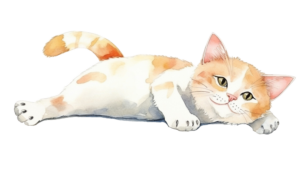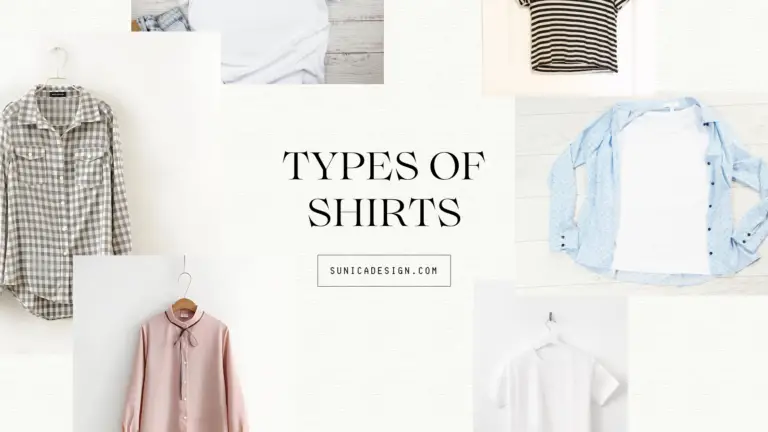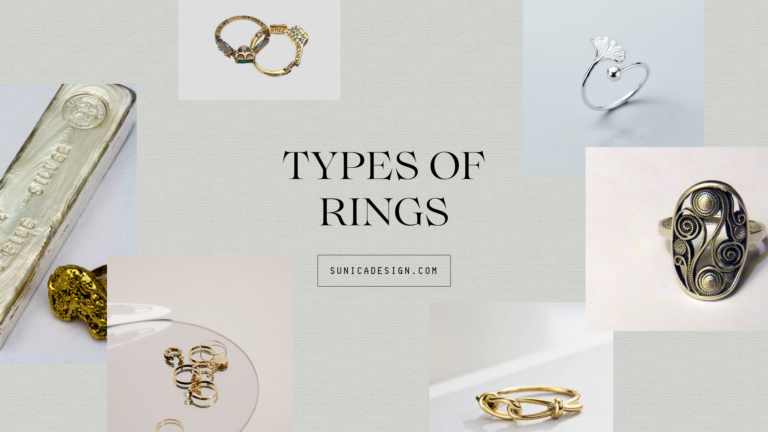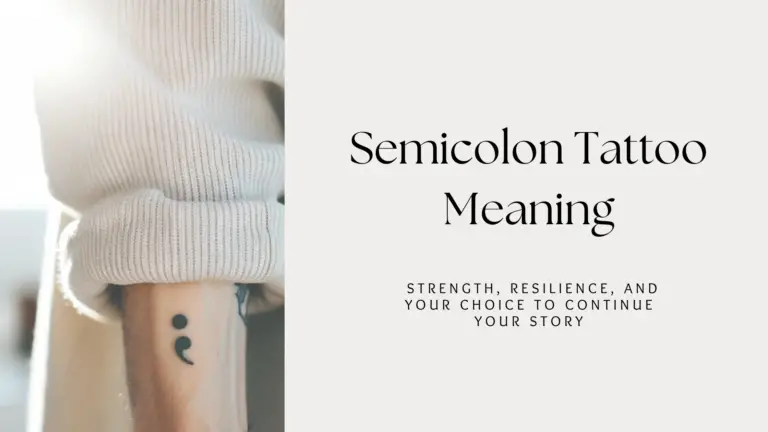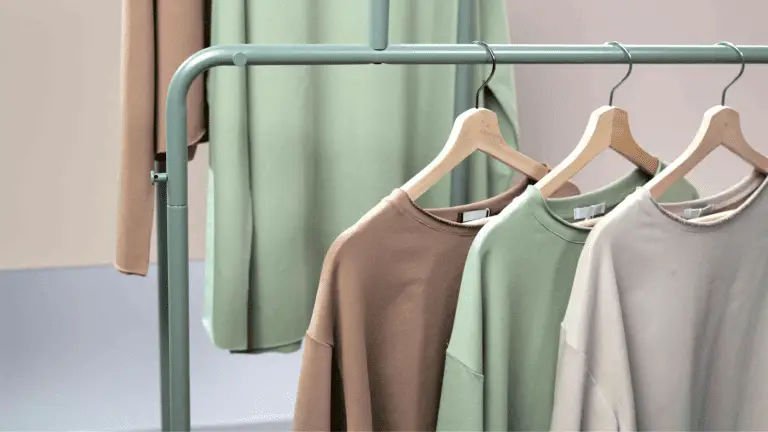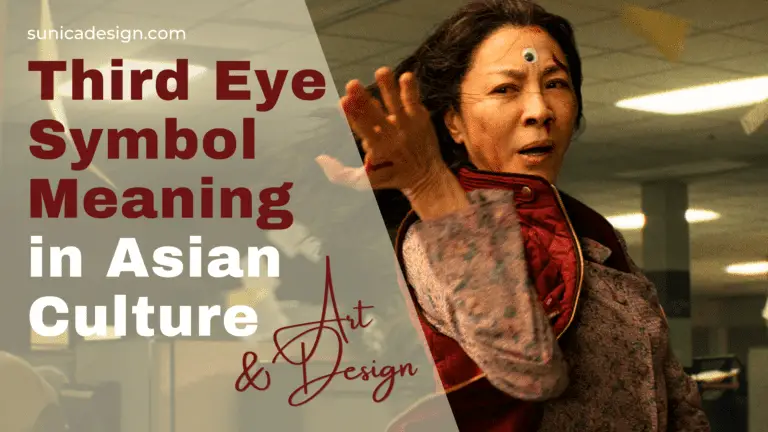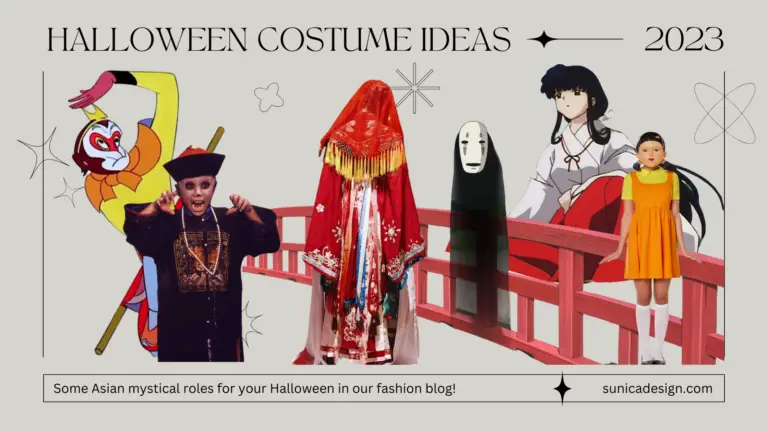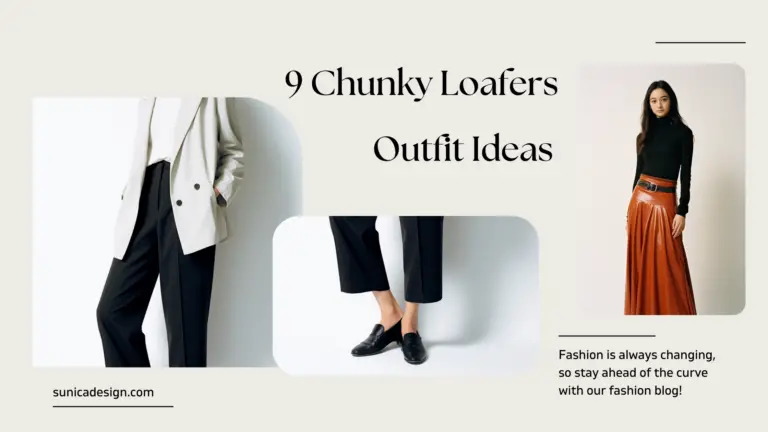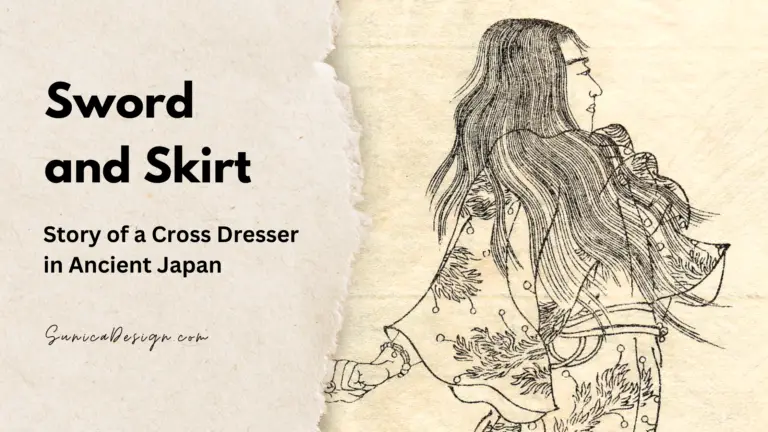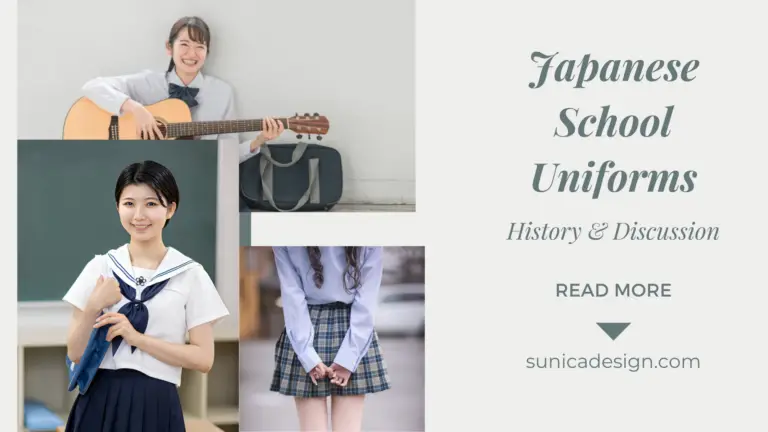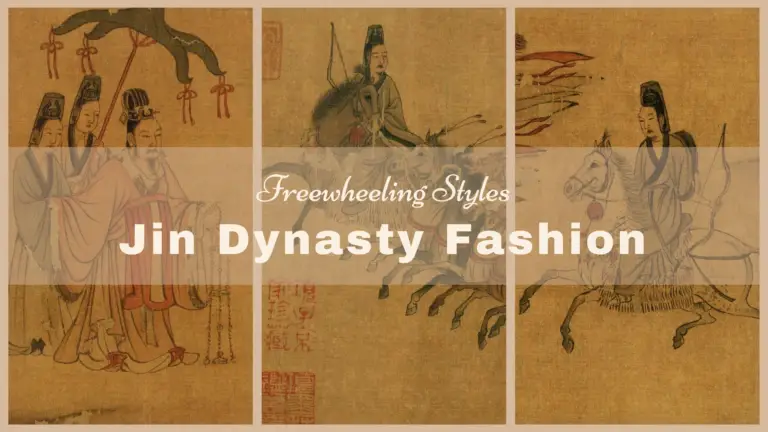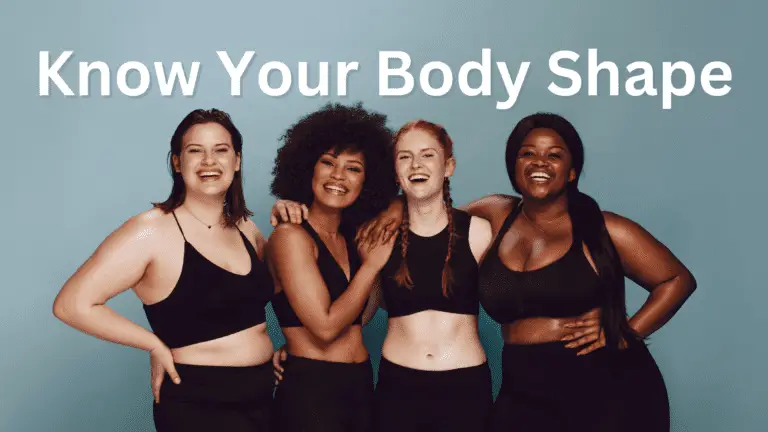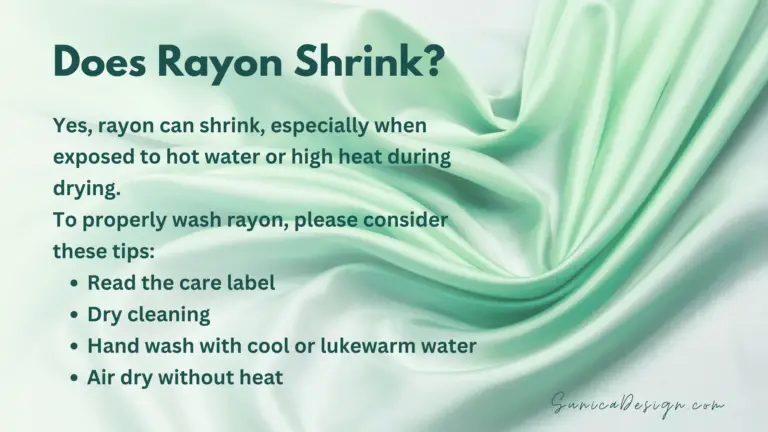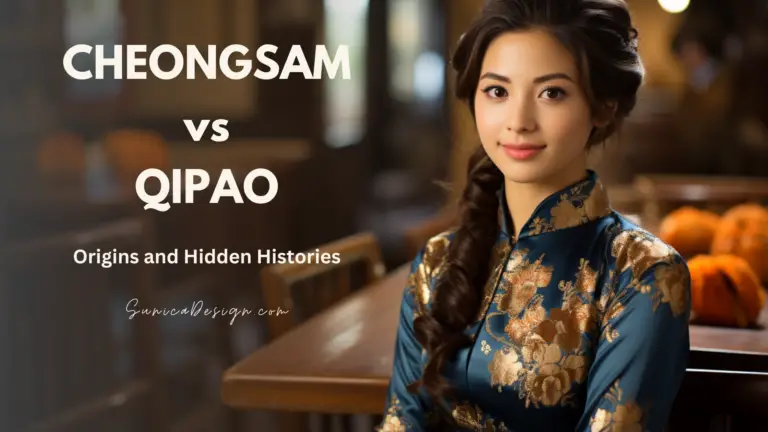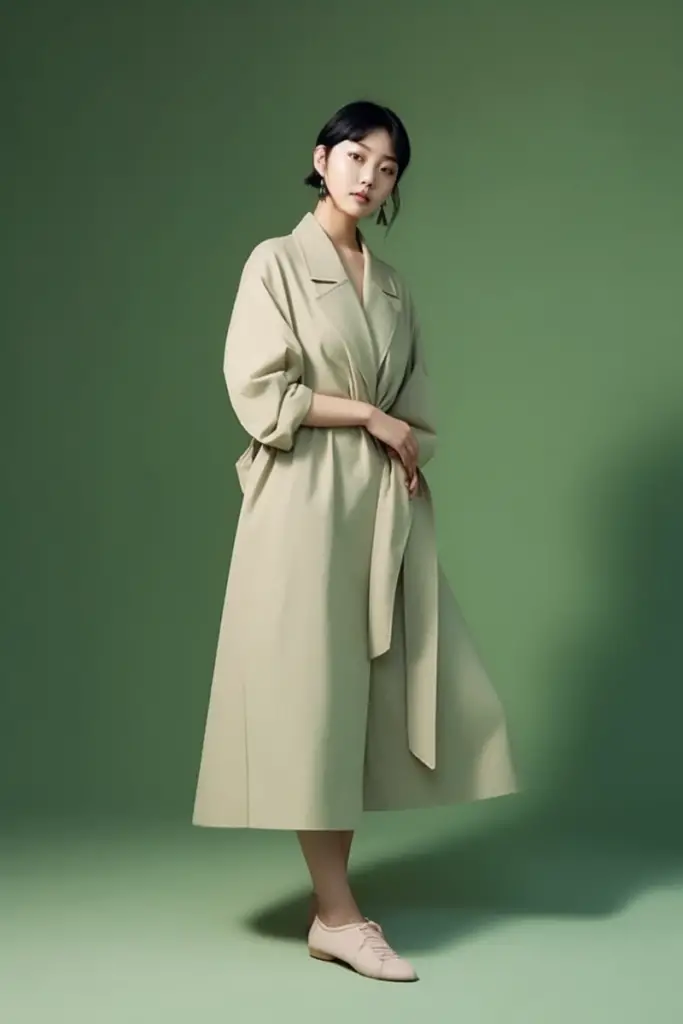Welcome to our exploration of Gilded Age fashion! From luxurious materials to iconic accessories, the Gilded Age was a time when fashion truly came into its own from Victorian styles. In the following paragraphs, we will delve into the details of this exciting period in fashion history and explore fantastic trends.
So grab your pocket watch, and join our journey back to the Gilded Age!
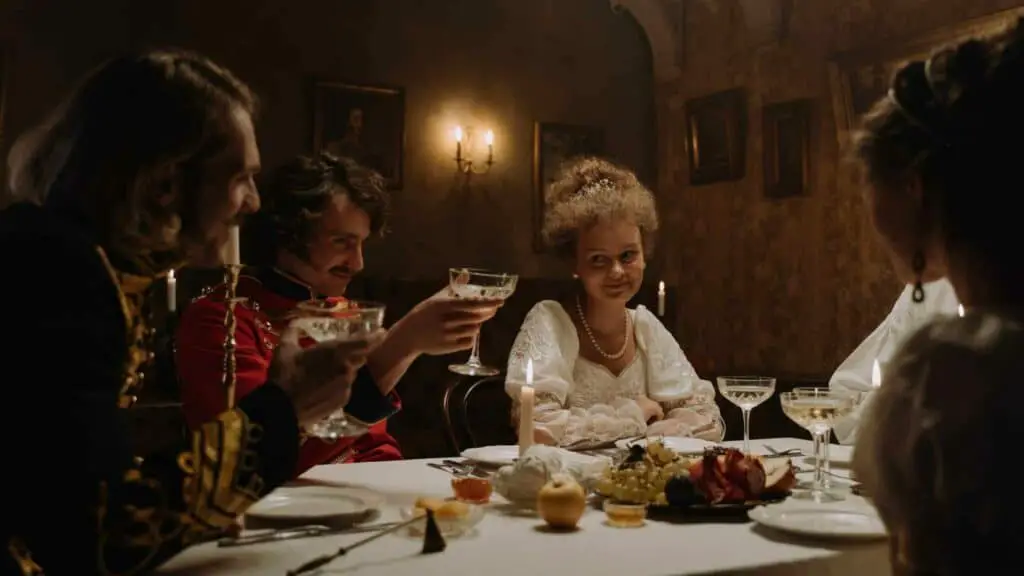
The Gilded Age History
Once upon a time, there was a magical period known as the Gilded Age in US history. It was a time of great prosperity, approximately from 1877 to 1900. Factories and businesses were popping up everywhere, and a few wealthy industrialists and financiers were amassing their fortune explosively.
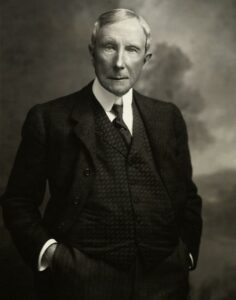
One of the most famous wealthy figures of the Gilded Age was John D. Rockefeller, who made a massive fortune in the oil industry. He partnered with investors to found the Standard Oil Company, buying up smaller oil refineries in the Cleveland area. Rockefeller’s business intuition helped him quickly build a monopoly in the oil industry. He also invested heavily in new technologies and techniques to improve the efficiency of his operations. By the time Rockefeller retired in the 1890s, he was one of the richest men in the world.
However, not everyone was enjoying the prosperity of the Gilded Age. Workers in factories and mines contended with hazardous conditions, including poor lighting, dangerous machinery, and exposure to toxins. They were paid low wages and had few protections or benefits. What’s worse, there was little job security. Between 1881 and 1900, 35,000 workers per year lost their lives in industrial and other accidents at work. [Data resource: Khan Academy]
Many workers began to organize and form unions in response to these challenges. They tried to negotiate better wages and working conditions by banding together. There were numerous strikes and labor disputes during the Gilded Age as workers fought for their rights.
In a nutshell, the Gilded Age was a time of great prosperity for some, but it was also a struggle for many others.
Gilded Age Fashion
The Gilded Age was a time of sumptuousness, particularly for wealthy industrialists and financiers. The fashion of this period also reflected sumptuousness. Luxurious materials like silk, satin, and lace were popular for both men and women. People showed off their wealth and social status through their outfits. Delicate pocket watches and heavy suits were popular in men’s fashion. At the same time, dresses with multiple layers of petticoats were women’s fashion darling.
Women’s Fashion in the Gilded Age
Women’s fashion notably underwent a significant transformation during this period. It came from the restrictive, corseted styles of the Victorian era to a more relaxed, natural-looking tone.
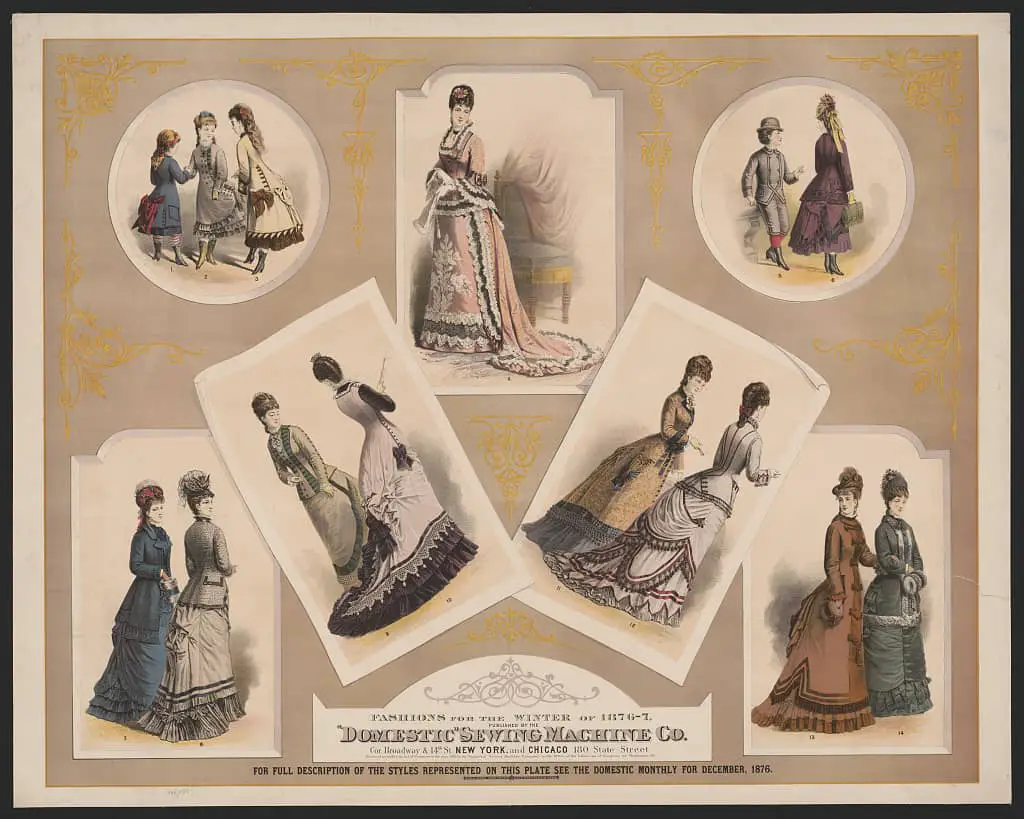
The hourglass silhouette
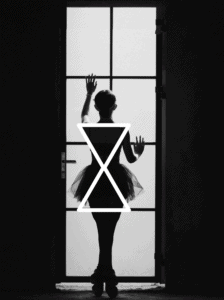
The hourglass silhouette was the iconic symbol of women’s fashion during the Gilded Age. To achieve the hourglass silhouette, women would use corsets to cinch in their waists and create the illusion of full hips. Corsets were typically made of heavy, stiff materials like steel or whalebone. They would firmly tighten wearers’ waists to create hourglass body shapes. Women at that time saw corsets as a way to demonstrate status and femininity.
Additionally, dresses with fitted bodices and full roots were also popular during the Gilded Age. The full roots helped balance the fitted bodices and create the illusion of full hips.
Bustles at the back of women’s dresses
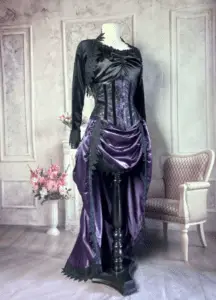
Bustles played an important role in women’s fashion during the Gilded Age. They were an essential fashion accessory to achieve the hourglass silhouette. Bustles were padded or wired extensions at the back of the skirt. Ladies used them to add volume to the back of the skirt and create the hourglass silhouette.
Besides, bustles served another profound function. Women’s roles were strictly defined in the Gilded Age, and bustles helped to exaggerate the natural curves of women’s bodies. This function was particularly significant for women with more boyish figures because bustles could create the illusion of full hips and a narrow waist.
More importantly, the bustle was a sign of affluence. These extensions were often made of luxurious fabrics like silk and lace. And there was always intricate embroidery and beading on it. By wearing a bustle, a woman was demonstrating her wealth.
Petticoat / Pettiskirt
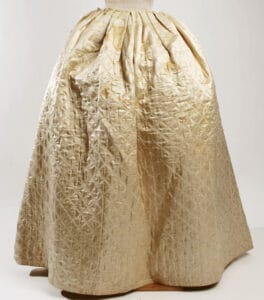
A petticoat, also known as a pettiskirt, was another luxurious fashion accessory in the Gilded Age. Fabrics of petticoats include silk, lace, taffeta, etc. They were always multiple layers, with each layer adding more volume to the skirt. The more pettiskirts a woman wore, her skirt would be fuller and more dramatic. The fuller her skirt was, the more extravagant her body curve would be. Body curves were the final goal of women’s fashion in the Gilded Age.
In addition to stylish functions, petticoats also worked to keep warmth and modesty. Since many dresses during the Gilded Age only consisted of lightweight fabrics, a woman could add an extra layer of warmth by wearing a petticoat beneath the dress. Petticoats also helped to cover the legs and prevent the dress from being too transparent.
Elegant Hairstyles
Women’s hairstyles in the Gilded Age were elaborate and ornate. Popular hairstyles included chignon, updos, and cascading curls. Ribbons, flowers, and other decorative elements on hair were also significant features of the Gilded Age fashion.
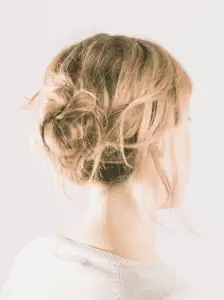
The chignon was a hairstyle for which women wore their hair in a low bun at the back. The hair was braided and secured into a bun. There were many different variations of the chignon during the Gilded Age. For example, French Twist was an improved chignon. The hair was gathered at the back and became a twisted bun. In addition, another kind of chignon, the Topknot, involved gathering the hair at the top of the head and making a knot.
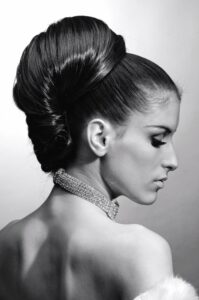
Besides chignon, updos also prevailed during the Gilded Age. Many women wore their hair in elaborate braids, twists, or knots with elegant dresses. One of the famous variations of updos was the Gibson Tuck (tucking the hair under itself and securing it with bobby pins or hairpins). Decorations like flowers and ribbons also enhanced the whole look of these hairstyles.
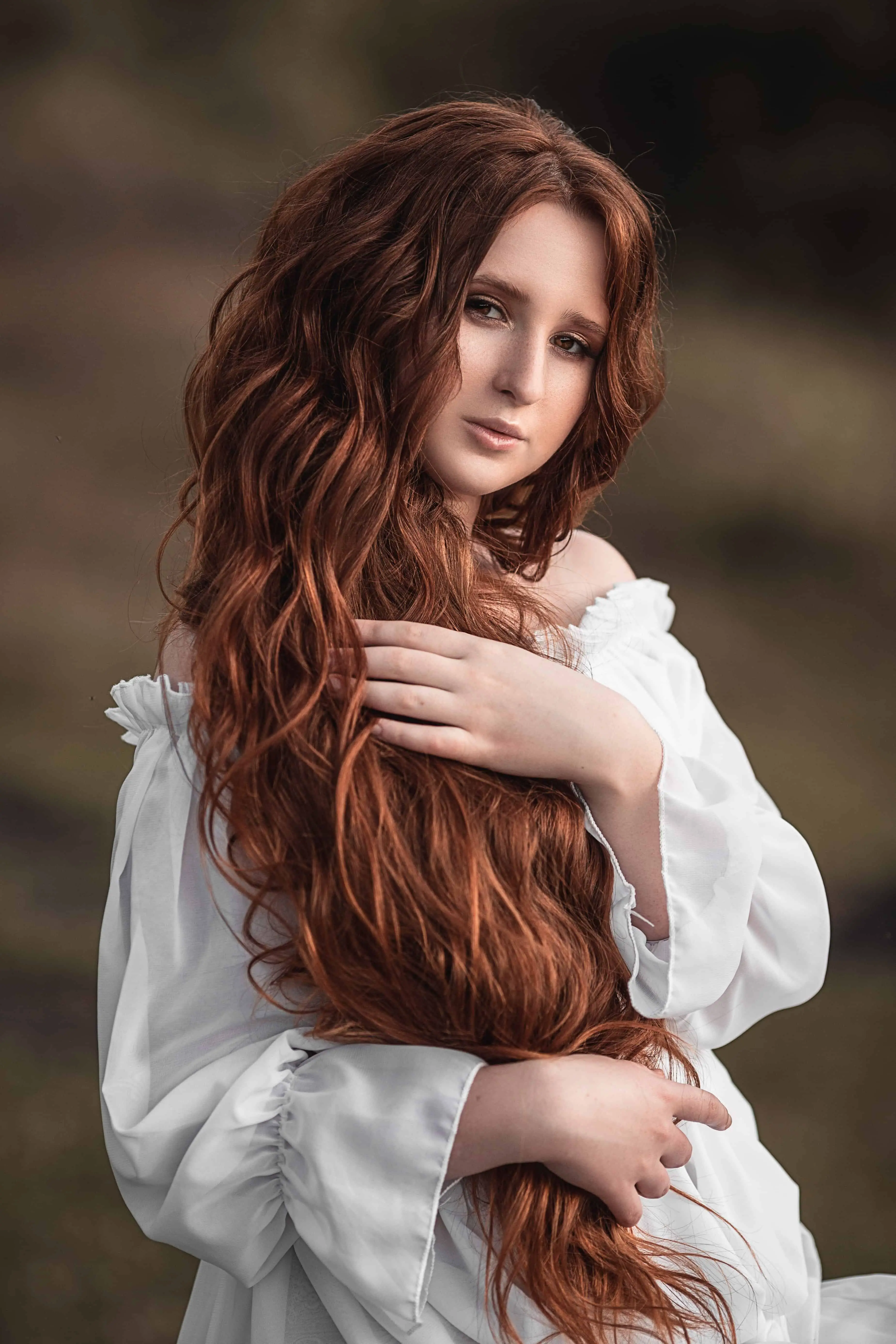
Men’s Fashion in the Gilded Age
A focus on elegance and refinement characterized men’s fashion in the Gilded Age. Men’s clothing contained high-quality materials like wool, silk, and linen and was tailored to fit the body closely. There were also various accessories to add sophisticated taste to men’s looks at that time.
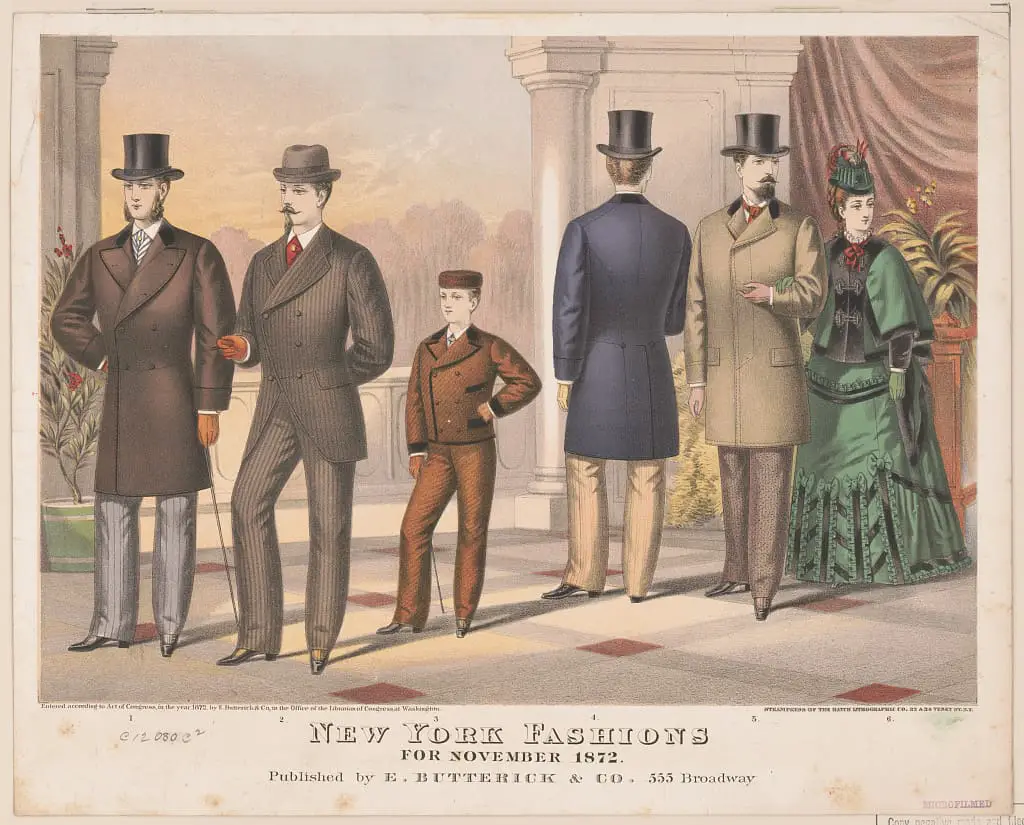
Suits
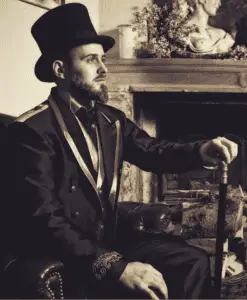
A jacket, trousers, and a vest comprised a man’s suit during the Gilded Age.
The jacket fitted closely to the body, with a narrow waist and broad shoulders. It was often single-breasted, with one row of buttons and a lapel extending down the chest. The sleeves of a jacket were often finished with cuffs. Gentlemen could fasten their sleeves with diamond buttons or a decorative cufflink.
Trousers were also tight, with narrow legs and a high waist. They always had a fly in the front and a button or a clasp at the waist.
A vest, also known as a waistcoat, was beneath the jacket. It fitted closely to the body and had buttons down the front. There was always intricate lace or embroidery on vests, which was indispensable for men’s fashion in the Gilded Age.
Ties and top hats
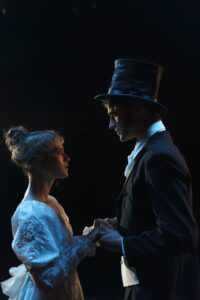
Ties and top hats were accessories that helped to complete a man’s look. In the Gilded Age, ties were usually made of silk or other luxurious materials. Designers came up with countless tie styles, including the four-in-hand, the bow tie, and the cravat.
Simultaneously, top hats were also designers’ favorite. These tall cylindrical hats had varied decorations like bands and ribbons to show sophistication. They were popular choices for formal events and business meetings.
Pocket watches and monocles
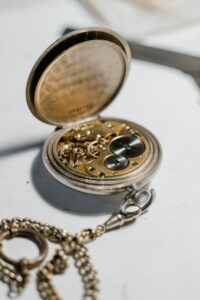
Pocket watches have a long history dating back to the 16th century. Initially, they were made of brass or steel and were relatively large and bulky. During the Gilded Age, pocket watches became smaller and more portable. Gentlemen liked to wear them in a pocket or a pocketbook. Materials of pocket watches had improved to gold or silver, always adorned with intricate engravings. Over time, these watches became a symbol of wealth.
A monocle is a small, lens-shaped glass worn over one eye. It is held in place by a frame surrounding the lens and over the eye. Monocles have a similar history to pocket watches. Initially, a monocle was a piece of glass to correct vision problems. Gradually, they became more decorative and became a symbol of sophistication. During the Gilded Age, materials for frames of monocles had uploaded into gold, silver tortoiseshell, and horn. They were adorned with intricate engravings to sign a man’s wealth.
Luxurious Materials
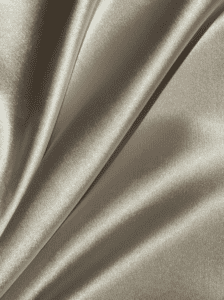
Luxurious materials like silk, lace, and satin were highly prized during the Gilded Age. They were often for high-end clothing and accessories, representing affluence and the upper class.
Silk, in particular, was a popular choice for evening gowns and dresses due to its luxurious feel and shimmering appearance. Lace was also widely used, often as a decorative trim or an overlay on other materials. Latin materials like velvet, taffeta, and brocade were also trendy for garments and accessories that conveyed a sense of luxury and sophistication.
Other luxurious materials included fur, feathers, beading, etc. Fur was used to trim coats and jackets, and feathers often decorated hats and evening gowns. Beading, in the form of sequins, pearls, and rhinestones, was astonishingly prevalent as it added sparkle and shine to any garment.
Additional Facts about the Gilded Age Fashion
Fur industry
The fur industry played a significant role on the stage of Gilded Age fashion. Fur was a luxurious and expensive material, which made it a perfect choice for those who could afford it to show wealth and prestige. However, it also led to the exploitation of animals.
On the one hand, fur garments were in great demand for both women and men. Women’s fur garments, such as mink stoles and sable capes, were favored for banquets and other formal occasions. At the same time, beaver fur was one of the best choices for men’s garments in the Gilded Age because of its durability and glossy sheen.
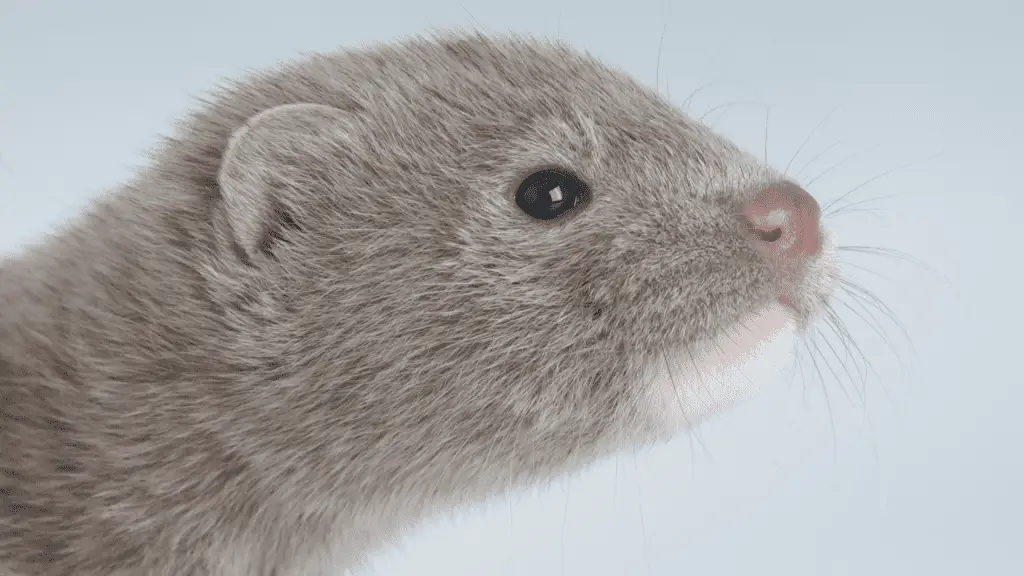
On the other hand, the fur industry caused animal hunting and raising in unhealthy conditions. For instance, mink were one of the most popular animals used for their pelts in the Gilded Age. People often hunted in the wild with traps and other inhumane methods. Some mink were raised on fur farms, living in small, cramped cages. They didn’t have room to move and suffered from malnutrition, illness, and other health problems.
Generally, the fur industry was a complex and controversial part of the Gilded Age fashion. While it provided fashionable garments for wealthy individuals, it also negatively impacted animals and the environment.
Crinoline Got Fire
Crinolines were large hoop skirts. Women wore them to create a full, voluminous body shape illusion. These garments were made of various materials, including steel, whalebone, bamboo, etc. They could be extremely cumbersome, which made ladies hard to walk in these clothes.
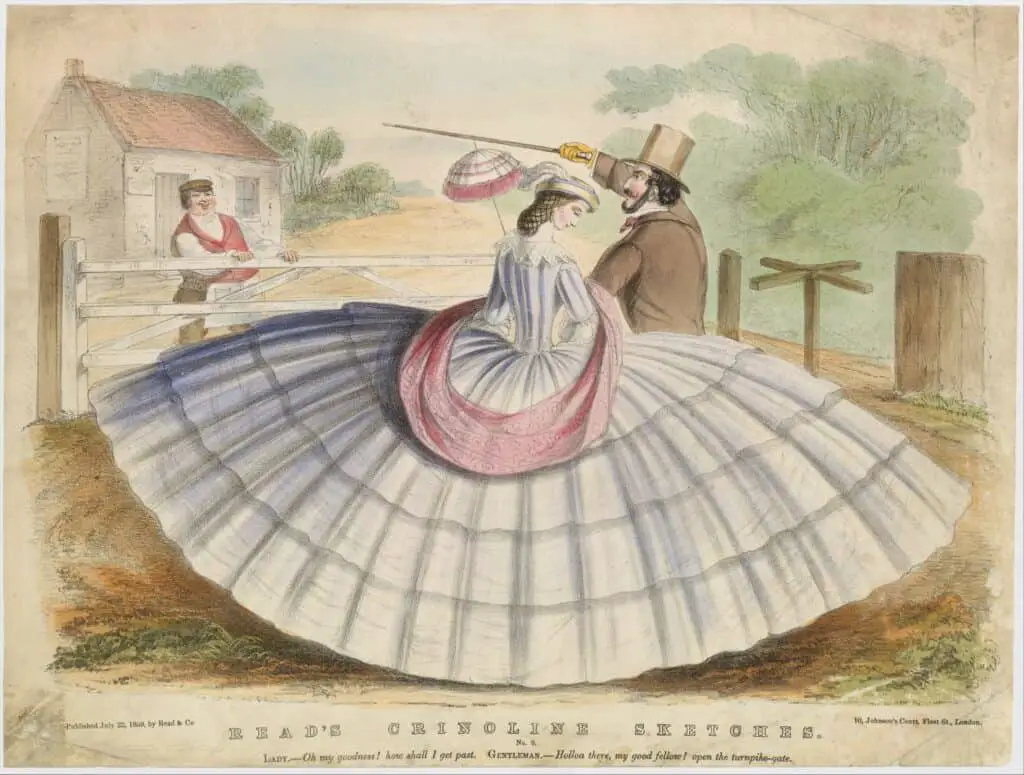
As crinolines became more popular in the Gilded Age, they also became more extravagant in size and shape. The largest crinolines required wheels or support to move around. These garments were so heavy and impractical that they were eventually banned from public places such as theaters and churches.
In 1858, the New York Times first reported a crinoline-related death. A young woman’s crinoline caught fire in Boston while standing by the mantel in her parlor. The flames quickly spread, and she passed away within minutes. This was not an isolated incident. According to the New York Times, 19 women in England also lost their lives due to crinoline-related accidents. [Original Article: link]
These accidents caused a sensation at the time. They brought attention to the dangers of wearing crinolines and prompted a shift toward fashion trends. In the late 19th century, crinolines fell out of favorable trends.
Final Words
The Gilded Age fashion was a history of lavish materials and elaborate designs. Fashion at that time was actually a game showing off wealth and status. On the different side, the game was built on blood and sweat. The emphasis on restrictive corsets and dramatic silhouettes often came with the expense of comfort and practicality. Luxurious materials also contributed to the exploitation of animals and workers.
In conclusion, the fashion of the Gilded Age was a reflection of the Gilded Age spirit. And it also was a reminder for us to consider the consequences of our fashion choices.
If you want more fashion ideas and shopping tips, welcome to our website. Feel free to leave a comment if you like~ We are always here to exchange brilliant thoughts!


